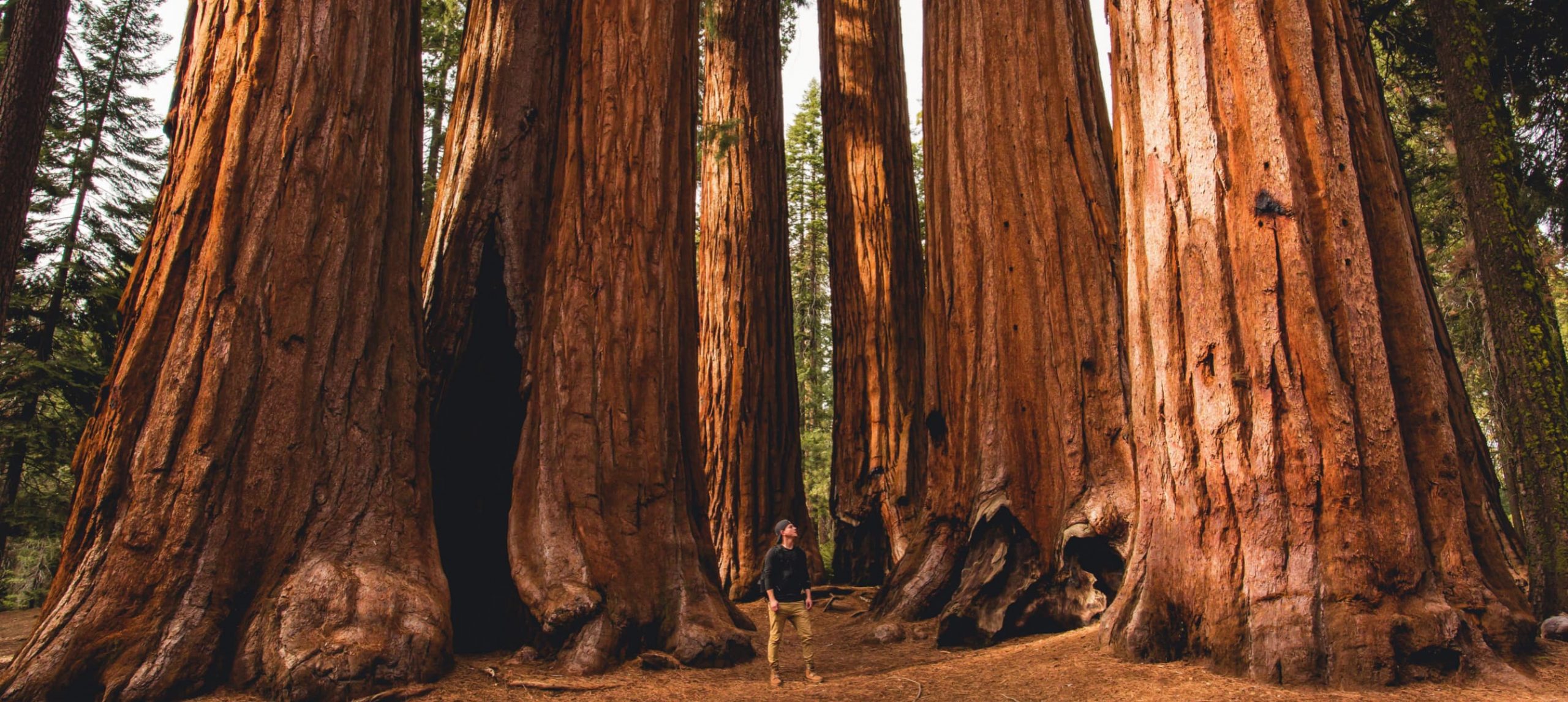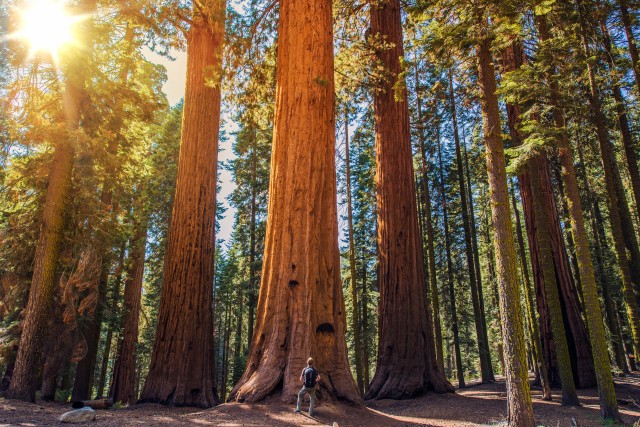Discover the Diverse Wildlife Habitats Within Sequoia National Forest
Sequoia National Park is an environmental treasure, showcasing an impressive array of wild animals environments that add to its abundant biodiversity. From the impressive large sequoia woodlands to the varied alpine meadows, each setting plays a crucial duty in sustaining different types, including both usual and unusual fauna.
Review of Sequoia National Forest
Sequoia National Park, snuggled in the southern Sierra Nevada mountain range of California, is renowned for its impressive landscapes and towering large sequoias. Developed in 1890, it is just one of the oldest national parks in the United States, dedicated to maintaining the all-natural charm and ecological integrity of this one-of-a-kind area. The park includes over 404,000 acres of diverse surface, featuring marvelous hills, deep canyons, and lavish meadows.

Site visitors can explore many hiking routes, ranging from leisurely strolls to difficult backcountry courses, each using an unique viewpoint of the park's magnificence. With its combination of natural marvels and recreational possibilities, Sequoia National Park functions as an important refuge for both wildlife and those looking for to get in touch with nature.

Significant Wild Animals Habitats
The diverse landscapes of Sequoia National forest develop a mosaic of wild animals environments that support a rich variety of species. These environments vary from rich meadows and thick forests to rocky towering areas and extensive river valleys, each offering distinct ecological niches.
One noticeable environment is the huge sequoia woodland, defined by towering trees and an abundant understory, which sustains various creatures, birds, and bugs. The mixed conifer woodlands, composed of species such as sugar ache and white fir, offer additional sanctuary and food sources for wild animals.
Meadows and grasslands play an important role in the park's ecosystems, working as important foraging grounds for herbivores like deer and tiny animals. These open areas also bring in varied bird types, particularly throughout movement periods.
The park's greater altitudes include alpine environments, where problems are extreme and varieties are adjusted to endure in such extremes (Sequoia National Park hour). Right here, one can discover unique vegetation and fauna that thrive in rough, cold environments
Plants and Fauna Variety
Within the varied environments of Sequoia National Park, an amazing array of vegetation and animals coexists, showcasing the elaborate relationships that maintain the park's biodiversity. The park is home to over 1,300 plant types, consisting of the famous huge sequoias, which are amongst the biggest and oldest trees in the world. These marvelous trees provide necessary environment and food sources for different wildlife, promoting a complex web of eco-friendly interactions.
Animal types in Sequoia National forest are equally diverse, with habitats varying from lowland foothills to high towering environments. Mammals such as black bears, mule deer, and bobcats prosper in this abundant community, while bird species, including the marvelous gold eagle and the evasive seen owl, grace the skies. Amphibians and reptiles, like the Sierra newt and the western rattlesnake, also play important functions in preserving ecological balance.
The park's distinct combination of elevation gradients and microclimates supports these varied species, highlighting the significance of protecting the natural habitats that allow such a rich tapestry of life to flourish. Understanding this diversity is important for valuing the environmental relevance of Sequoia National Park.
Conservation Efforts in the Park
Conservation efforts in Sequoia National forest play an essential role in safeguarding its unique communities and the diverse varieties that populate them. The park uses a diverse technique, including habitat restoration, varieties keeping an eye on, and invasive varieties monitoring. These efforts find here are important for maintaining the fragile equilibrium of the park's communities, which include large sequoias, fields, and alpine settings.
Energetic remediation tasks concentrate on reestablishing indigenous plant neighborhoods and restoring abject habitats. Sequoia National Park hour. This is particularly crucial in areas influenced by human activity or all-natural disturbances such as wildfires. The park's biologists perform routine surveillance of crucial species, consisting of the endangered Sierra Nevada bighorn lamb, to evaluate population wellness and inform monitoring methods
Intrusive varieties pose a substantial danger to the park's biodiversity. To battle this, park staff execute removal programs to manage or get rid of non-native plants and animals that disrupt local environments. Public education and learning and area participation are likewise stressed, as they cultivate a much deeper admiration for conservation initiatives. Through these comprehensive initiatives, Sequoia National Park makes every effort to shield its abundant all-natural heritage for future generations while making certain the strength of its varied wild animals environments.
Tips for Wildlife Monitoring
Observing wildlife in Sequoia National Park offers a special possibility to get in touch with nature and value the diverse species that thrive in this amazing habitat. To optimize your wild animals observation experience, take into consideration numerous important suggestions.
Firstly, plan your visit during morning or late mid-day, as these times are most active for many animals. Bring binoculars to observe wildlife from a risk-free range without interrupting their all-natural behavior. Furthermore, acquaint on your own with the species you want to see; comprehending their practices and environments can improve your chances of detecting them.
Perseverance is vital; wildlife monitoring typically requires waiting silently and recognizing your surroundings. Remain on designated routes to reduce your influence on the environment and guarantee your security. It is also a good idea to maintain a considerate range from animals, staying clear of any activities that could worry them or interrupt their environment.
Finally, consider joining guided excursions led by well-informed park rangers. These specialists can provide valuable understandings and increase your possibilities of observing wildlife in their natural setups. By adhering to these suggestions, you can enhance your experience and add to the conservation of Sequoia's wildlife.

Verdict
Sequoia National forest functions as a vital refuge for diverse wildlife, showcasing a remarkable array of environments that support countless types. The interplay in between huge sequoia woodlands, blended conifer forests, meadows, and towering areas fosters an abundant ecological tapestry. Recurring preservation efforts are essential for maintaining these habitats and the one-of-a-kind plants and fauna that populate them. Eventually, the park's biodiversity underscores the relevance of preserving such natural landscapes for future generations.
Comments on “Sequoia National Park Parking-- Where to Park Throughout Your See”